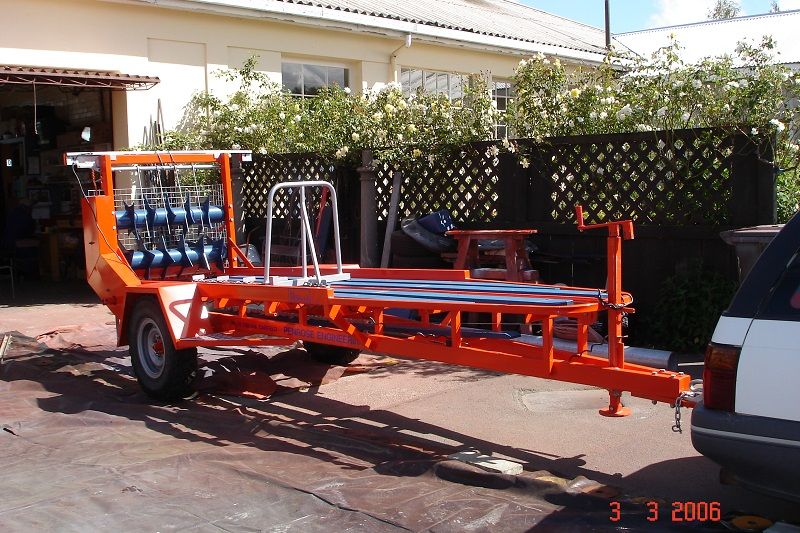David
According to my book the ruling section (diameter) for T condition in EN16 is 63 mm (metricated 2 1/2 inches) whilst that for EN19 is 100 mm. So for your job either will do just fine as the physical properties of the finished spindle will be the same.
Interestingly an internet search suggests that 4140 is specified as being a little softer than EN16T or EN19T. Brinell 200 as opposed to brinell 250-300 which may make it easier to machine.
If its a special order material I'd be inclined to look for inclusion modified EN16T / 605M36 as that is said to be easier to machine. Not that I've ever found any to compare! Apart from ruling section about the only thing against EN16 relative to EN19 is greater susceptibility to low temperature brittleness. Generally considered not safe below -20°C which is unlikely to concern you.
Whilst we are on the subject my book has a warning concerning EN24 / 817M40 which is quite commonly offered. Usually more expensive than EN16 / EN19 due to being a more sophisticated alloy and so often considered all round better. Big advantage with this steel is that it can go up to the higher tensile ranges W, X and Z in useful sizes, inch plus diameter, with fairly simple heat treatment. Big disadvantge is that its quite sensitive to proper technique when heat treating otherwise it becomes brittle and prone to fatigue failure whatever the tensile range. I wouldn't get it from anything other than a known reliable source with certificates. As a general rule it should be OK in ordinary range jobs that folk like us will see but fatigue is such a difficult thing to get a proper handle on I'd prefer to avoid any risk.
Anything needing more than T range needs a much better engineer than I on the design side!
Clive.
Ian S C.





